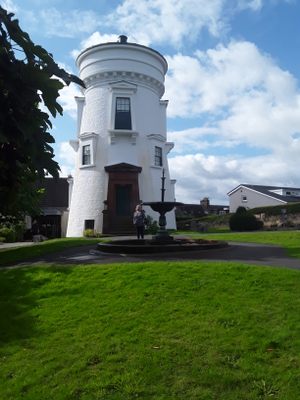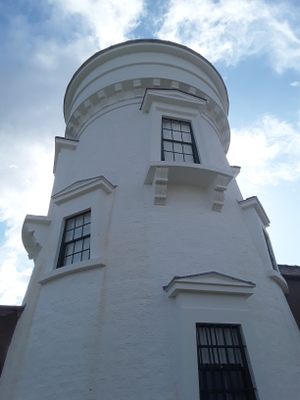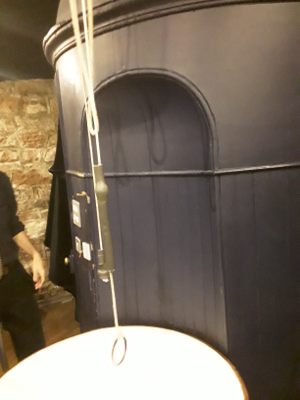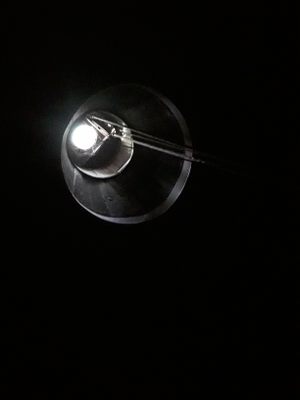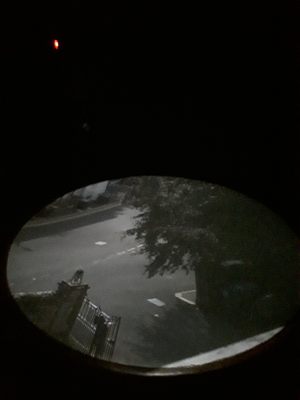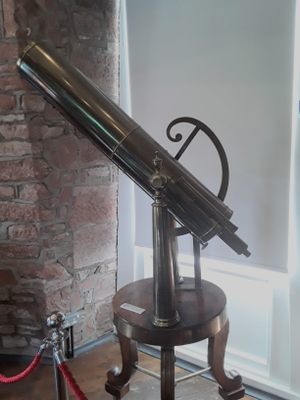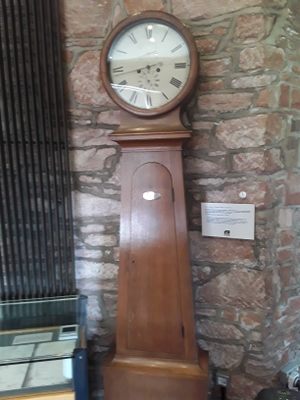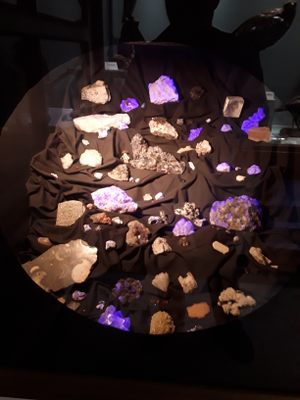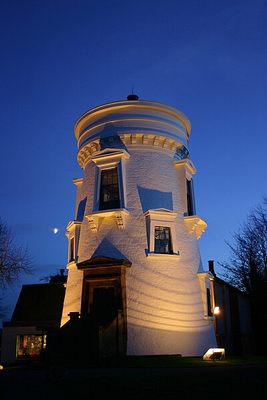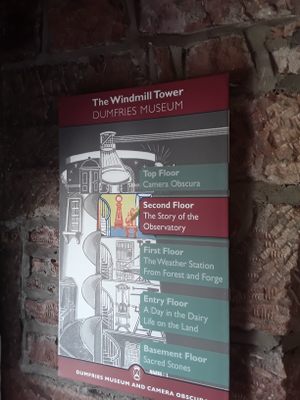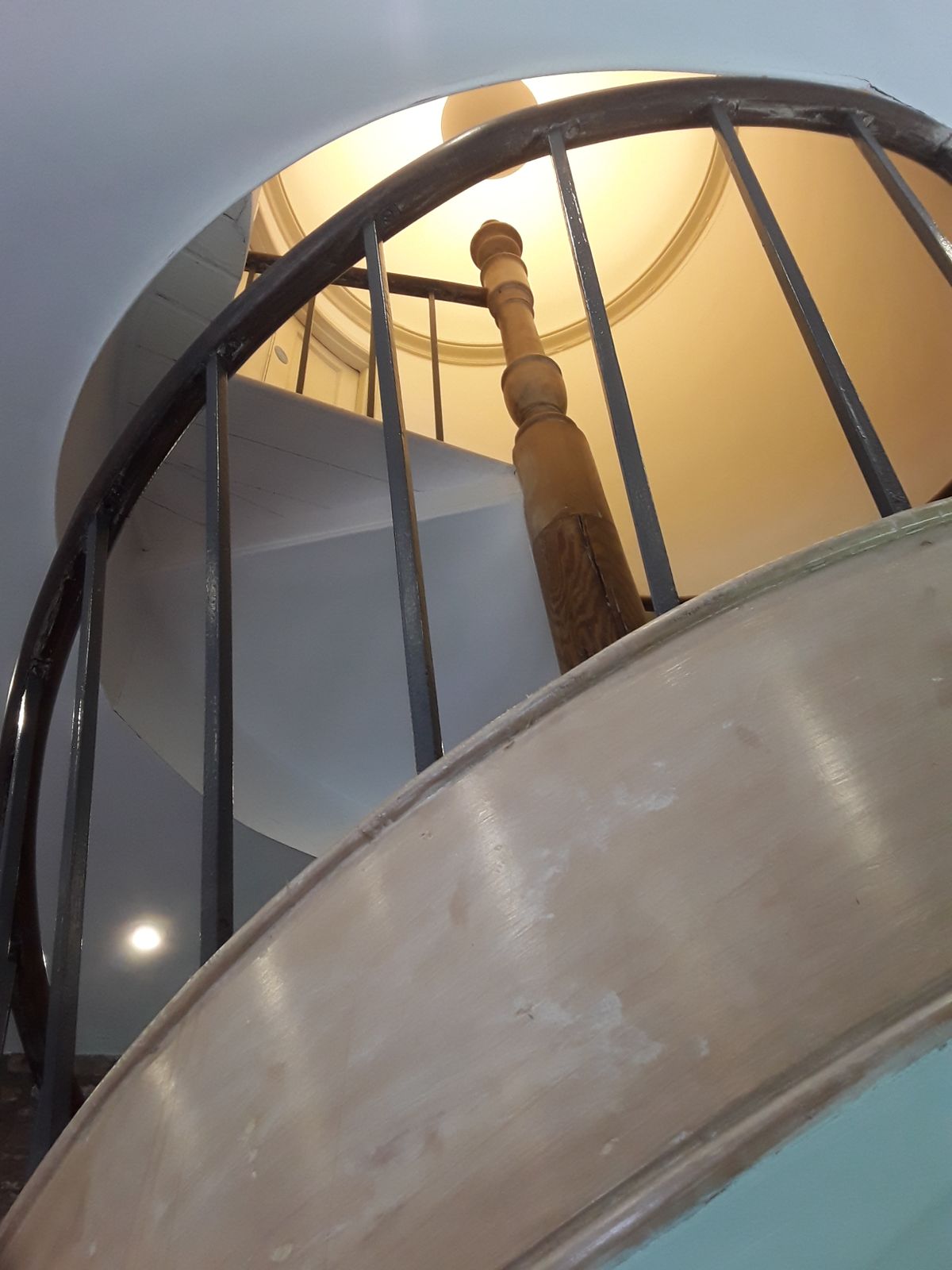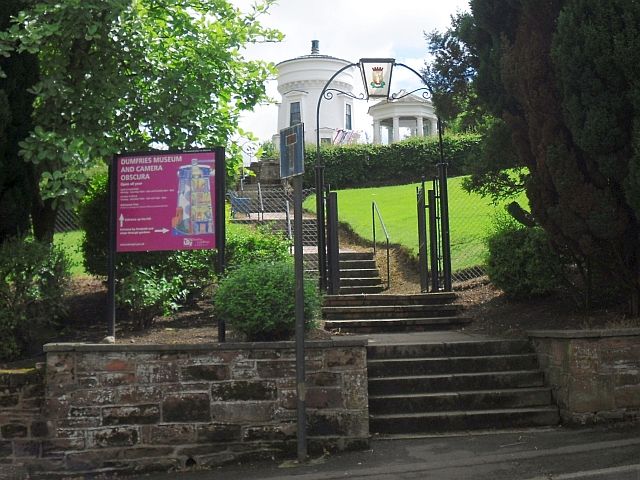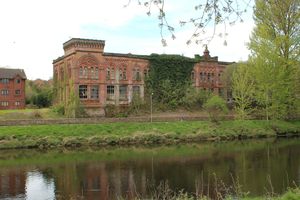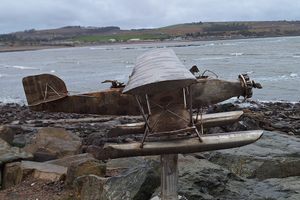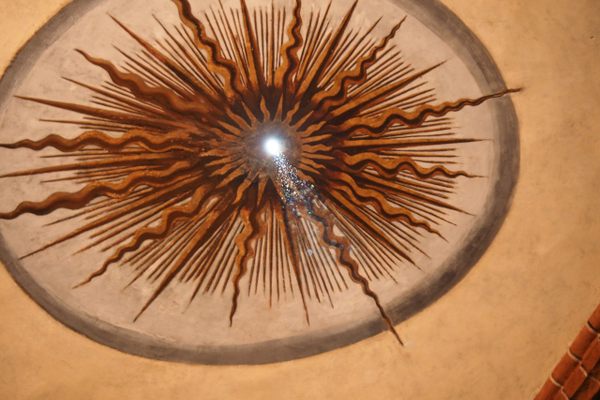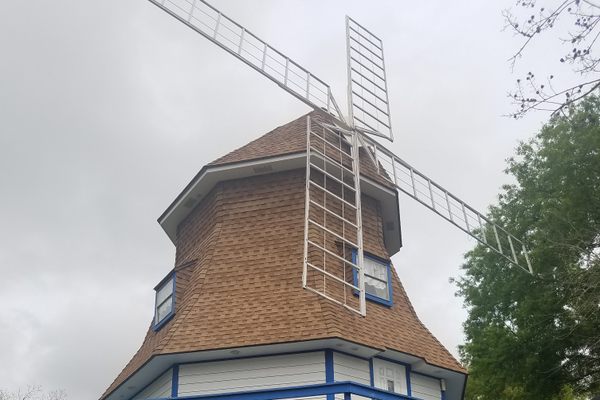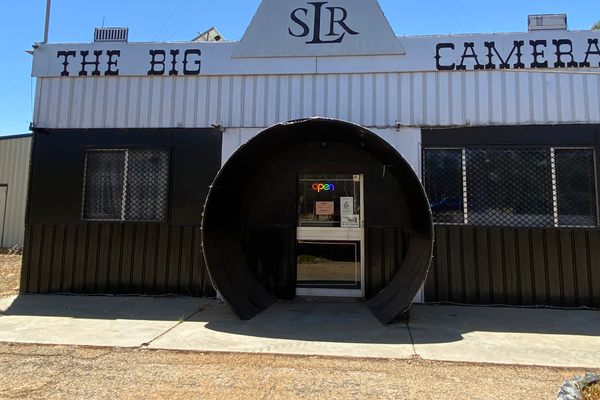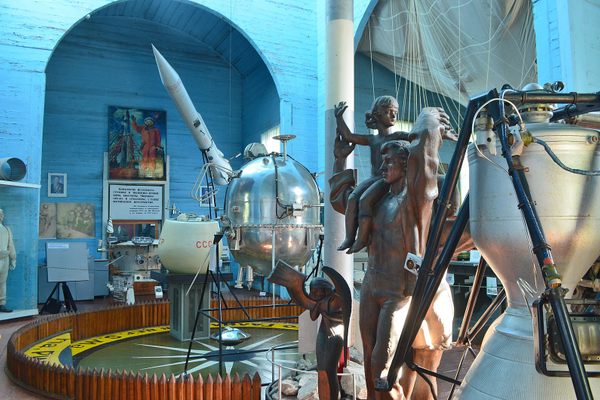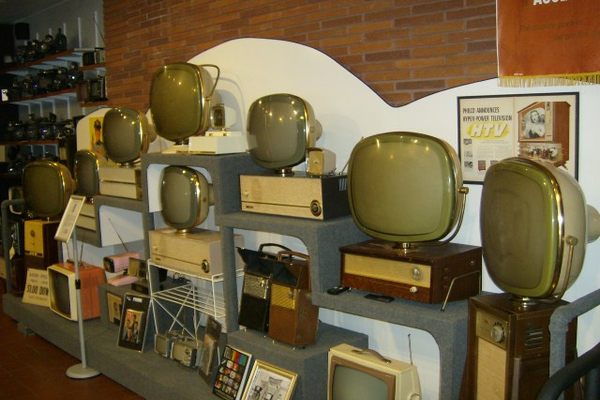About
The oldest working camera obscura in the world is located on the grounds of the Dumfries Museum, a local history museum, in Dumfries, Scotland. The main part of the museum has large and varied collections relating to local history from the pre-historic era to recent times but the camera obscura is the star of the show. This device has been in continuous operation since 1836.
Both the camera obscura and the museum at Dumfries are part of a closely linked story. Their origins lie in the rescue of an 18th-century windmill that fell out of use in the 1830s. Scheduled to be demolished, it was saved in 1834 by Robert Thomson, a shipbuilder and merchant who bought the tower for £350.
Thomson established the Dumfries and Maxwelltown Astronomical Society, thinking that a tower at the top of a hill would be the perfect place for an observatory. Members of the society paid subscriptions to fund the conversion of the tower and purchase equipment. Architect Walter Newall installed new floors, created windows, and added a spiral staircase.
By August 1836 the new observatory was ready to be opened. It was equipped with a nine-inch telescope purchased from inventor and scientist Thomas Morton. The Astronomical Society also asked Morton to build a camera obscura for the top of the tower. This was intended for astronomical use, such as viewing the sun and the transits of Mercury and Venus. But the novelty of seeing a live, moving image of the people of Dumfries became a popular attraction.
When first installed, the camera obscura was only for the use of the astronomical society, but in 1851 the general public was also invited to use this fascinating device. A small museum on the floor below the observatory became popular. In 1862 a large building was added onto the side of the tower to house and display the museum’s expanding collection.
Related Tags
Know Before You Go
Admission to the museum is free but a charge applies for the camera obscura. The standard admission was £4.50 in 2024.
To protect the instrument, it is only operated during the summer months and on days when weather conditions are clear and winds are not too high.
Published
November 13, 2024
Sources
- https://artuk.org/visit/venues/dumfries-museum-and-camera-obscura-7308
- https://www.undiscoveredscotland.co.uk/dumfries/museum/index.html
- https://www.dgculture.co.uk/venue/camera-obscura/
- https://www.futuremuseum.co.uk/collections/people/key-people/science-invention/thomas-morton
- https://www.futuremuseum.co.uk/collections/people/key-people/artists/charles-william-stewart/the-observatory--dumfries


